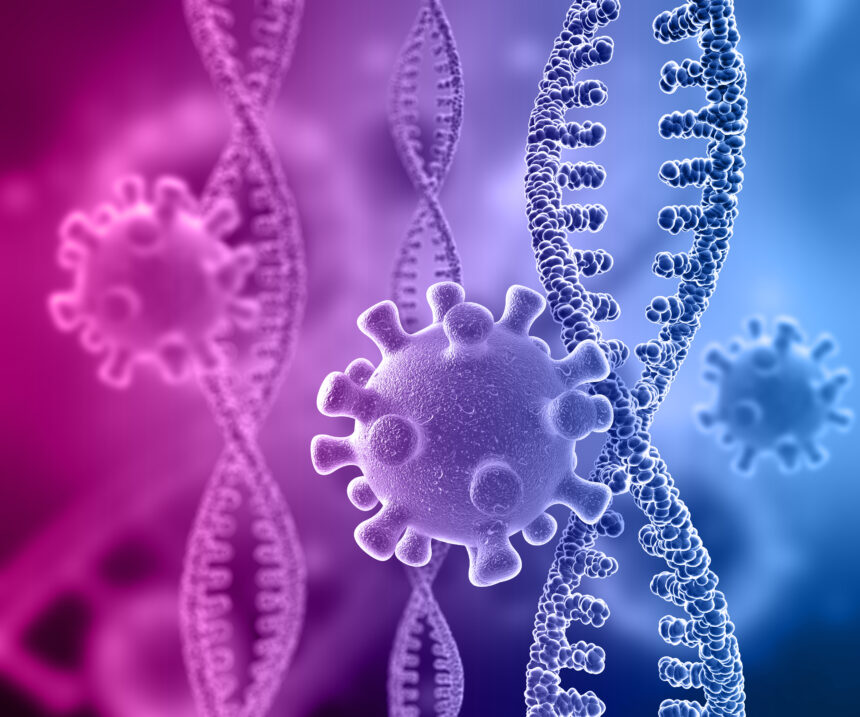image source:
Understanding Cancer : A Comprehensive Guide

Cancer, often a term that incites fear, is a complex group of diseases, or as some may ask, ‘is cancer a disease?’ Indeed, it is characterized by the uncontrolled growth and spread of abnormal cells. With numerous types, diverse causes, and various treatment options, this comprehensive guide aims to deepen your understanding of cancer, a definition that encompasses a condition affecting millions worldwide.
Unraveling The Definition of Cancer
Cancer, a term that covers a large group of diseases affecting any part of the body, is essentially a condition where some of the body’s cells grow uncontrollably and spread to other parts, highlighting the critical nature of understanding what is cancer and how it impacts us.
Cells in our bodies typically follow a regulated process of growth, division, and death. However, when this orderly process breaks down, leading to the continuous growth and division of abnormal or damaged cells, tumors form. While some tumors are benign (non-cancerous), others are cancerous and are referred to as malignant tumors, underscoring the unpredictable nature of cancer cells.
Delving into The Cellular Differences
Cancer cells differ from normal cells in several key ways. For instance, they grow without the signals that direct normal cells, ignoring the usual instructions to stop dividing or to die, a process known as apoptosis. Furthermore, they can invade nearby areas and spread to other parts of the body through metastasis, showcasing their ability to bypass the body’s regulatory mechanisms.
Cancer cells possess the cunning ability to deceive the immune system, convincing it to protect tumors rather than attacking them. Their reliance on different kinds of nutrients than normal cells enables them to grow more rapidly, illustrating the complex challenges they present to the body’s defense mechanisms.
The Process of Cancer Development
At its core, cancer is fundamentally a genetic disease, triggered by changes to genes that control cell function, particularly growth and division. These genetic changes can result from errors during cell division, damage to DNA by environmental exposures, or inheritance, highlighting the multifaceted causes of cancer and the various cancer risk factors.
The Role of Genes in Cancer
The genetic changes that drive cancer typically affect three main types of genes—proto-oncogenes, tumor suppressor genes, and DNA repair genes. These mutations can transform proto-oncogenes into cancer-causing genes (or oncogenes), allowing cells to grow and survive when they should not, further complicating the battle against cancer.
The Spread of Cancer
When cancer spreads from its original location to another part of the body, it’s known as metastatic cancer, a process facilitated by metastasis. Even under a microscope, metastatic cancer cells generally retain the appearance of cells from the original cancer, complicating the diagnosis and treatment process.
Non-Cancerous Tissue Changes
It’s crucial to recognize that not all tissue changes signify cancer. Conditions like hyperplasia and dysplasia, where cells multiply rapidly or appear abnormal, may develop into cancer if untreated, but they are not cancerous in themselves, emphasizing the importance of early detection and treatment.
Various Types of Cancer
With more than 100 different types of cancer, each named for the organs or tissues where they originate, understanding the vast landscape of this disease is crucial. For example, lung cancer begins in the lung, and brain cancer starts in the brain, highlighting the diversity and complexity of cancer and the importance of specialized knowledge in its treatment.
Common Types of Cancer
Some of the most common types of cancer include carcinoma, which forms in epithelial cells, sarcoma, specifically soft tissue sarcoma, which forms in bone and soft tissues, leukemia, starting in the blood-forming tissue of the bone marrow, lymphoma, beginning in lymphocytes, and melanoma, which originates in cells that become melanocytes.
The Causes and Risk Factors of Cancer
Cancer can be triggered by various factors. While some factors remain unchangeable, about one third of cancer cases could be prevented by minimizing behavioral and dietary risks. Key risk factors encompass age, specific lifestyle habits, family history, certain health conditions, and environmental exposures, highlighting the importance of cancer prevention.
Cancer Symptoms and Early Detection
Cancer symptoms can vary widely depending on the type and stage of the disease. General signs and symptoms to watch for include fatigue, lump formation, weight changes, skin changes, persistent cough, difficulty swallowing, persistent indigestion, and unexplained bleeding or bruising. Recognizing the early signs of cancer through routine screening can dramatically enhance the prospects for successful treatment.
Treating and Managing Cancer
The approach to cancer treatment is determined by the cancer type, its stage, and the patient’s overall health, incorporating strategies like surgery, chemotherapy, radiation therapy, hormone therapy, immunotherapy, and targeted therapies. Each treatment option comes with its own set of side effects and impacts on the patient’s life quality.
Cancer Prognosis and Survival Rates
The prognosis for cancer patients is influenced by the cancer type, its stage, and the patient’s health status. Survival rates have significantly increased due to advancements in cancer diagnosis and treatment methods.
Living with Cancer
Navigating life with cancer involves tackling both physical and emotional health challenges. From diagnosis through treatment and beyond, the cancer journey presents numerous hurdles. Nevertheless, with the right support and care, many individuals manage to lead fulfilling lives during and after their cancer treatment.

